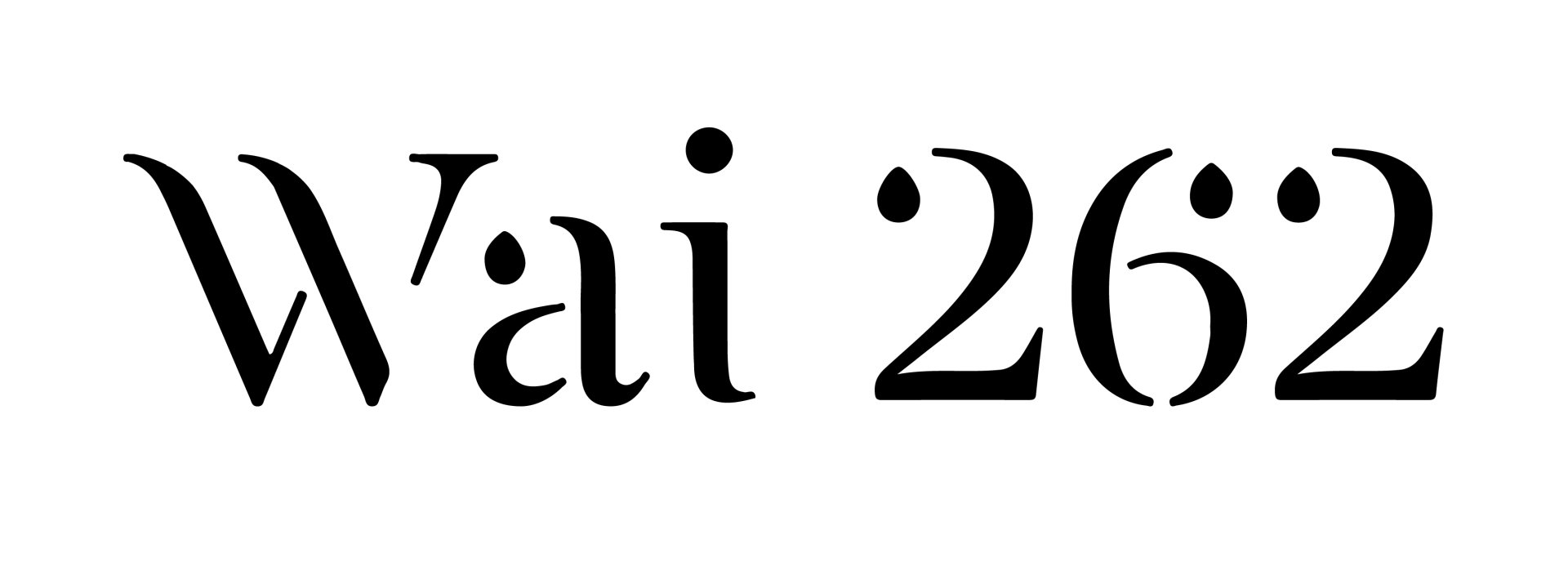Taonga protection
Here are examples of taonga Māori that we are committed to safeguard and protect for future generations. From mātauranga tuku iho to native species, these are taonga that embody the identity, whakapapa, and future of Māori.
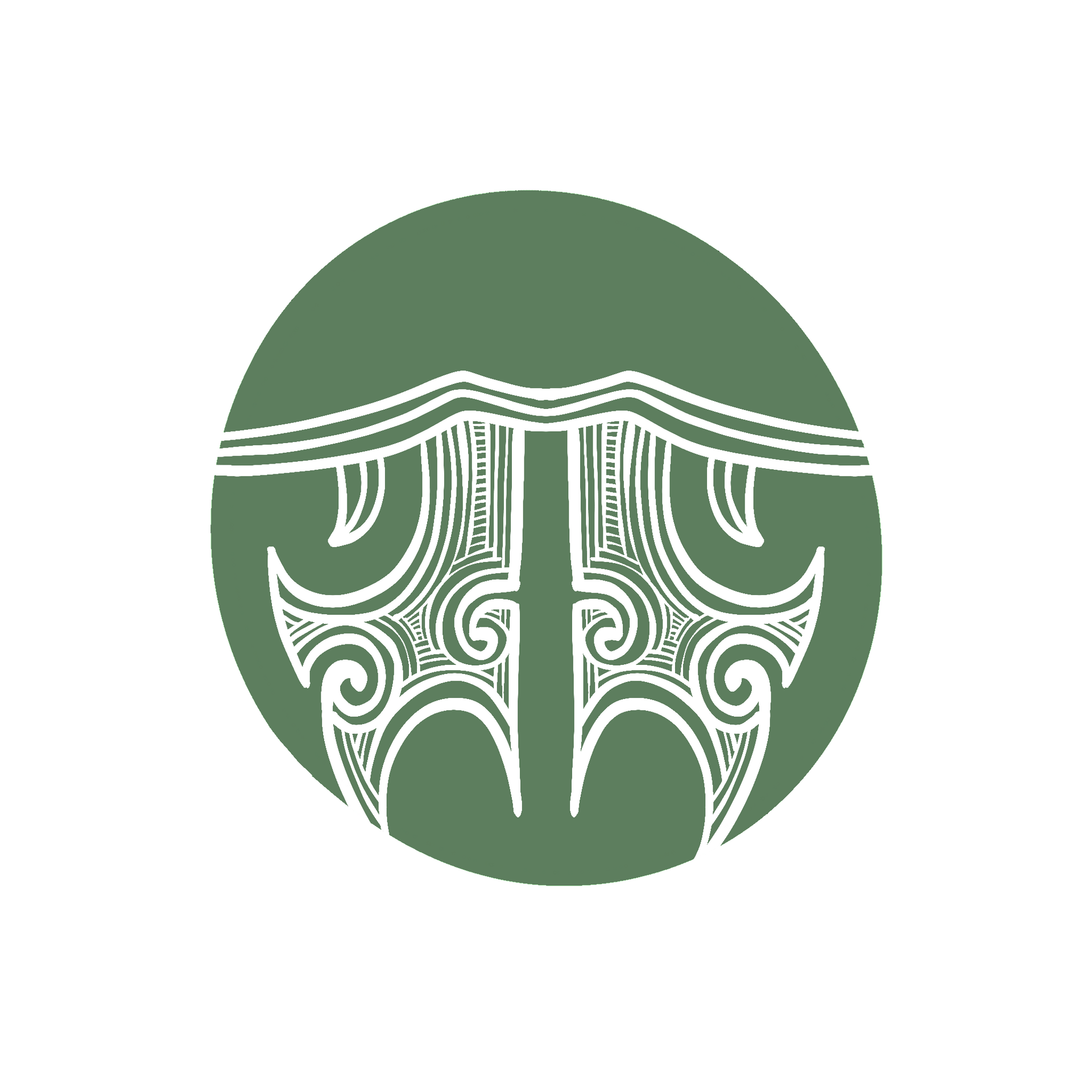
Moko Kanohi
Traditional Māori facial tattooing is a cultural expression that embodies whakapapa, identity, and the mana of Māori individuals and whānau.
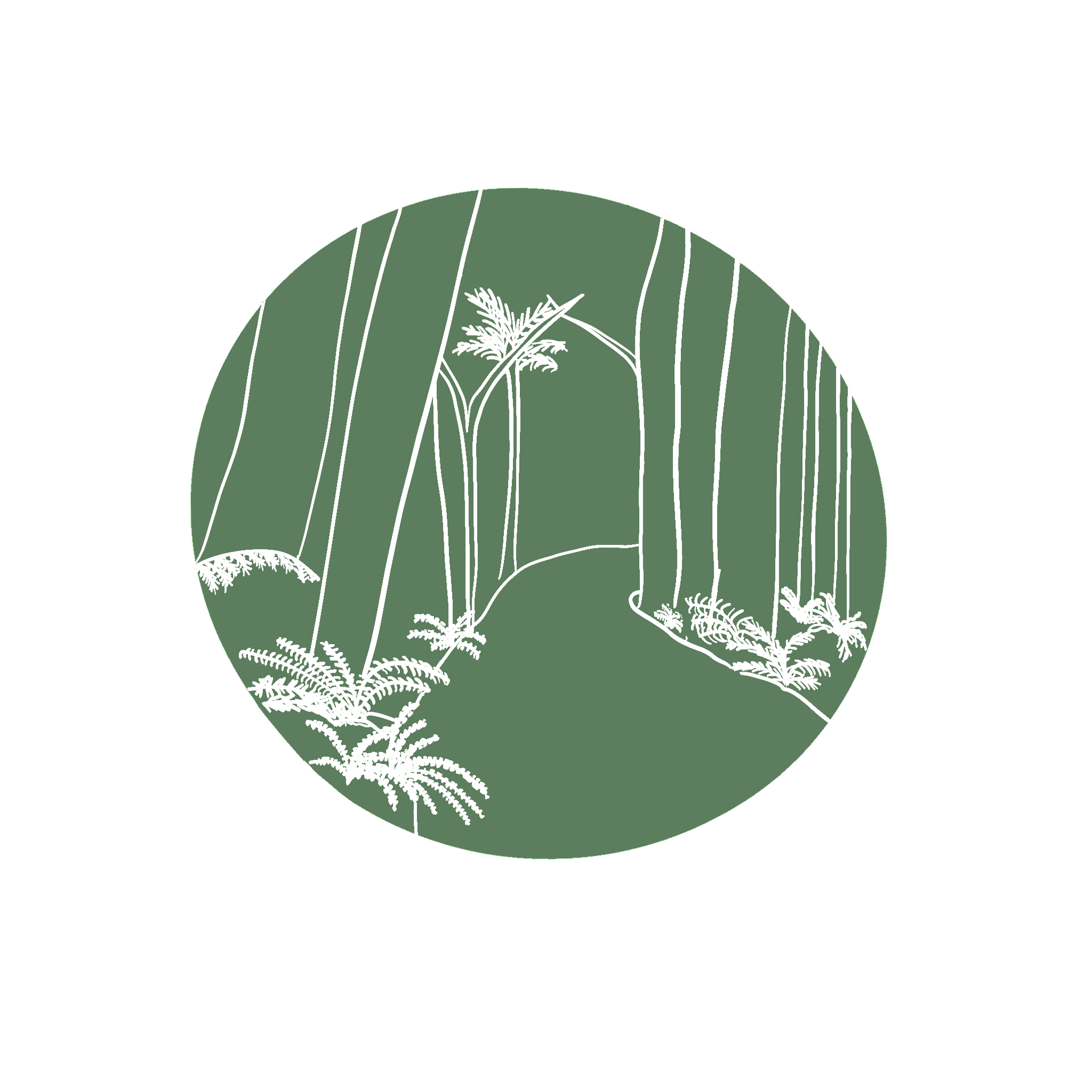
Ngahere
Ngahere (forests) sustain native ecosystems and traditionally provided essential resources for Māori, including food, medicine, and materials for weaving and carving. They hold mauri (life force) and are deeply tied to Māori spiritual beliefs.
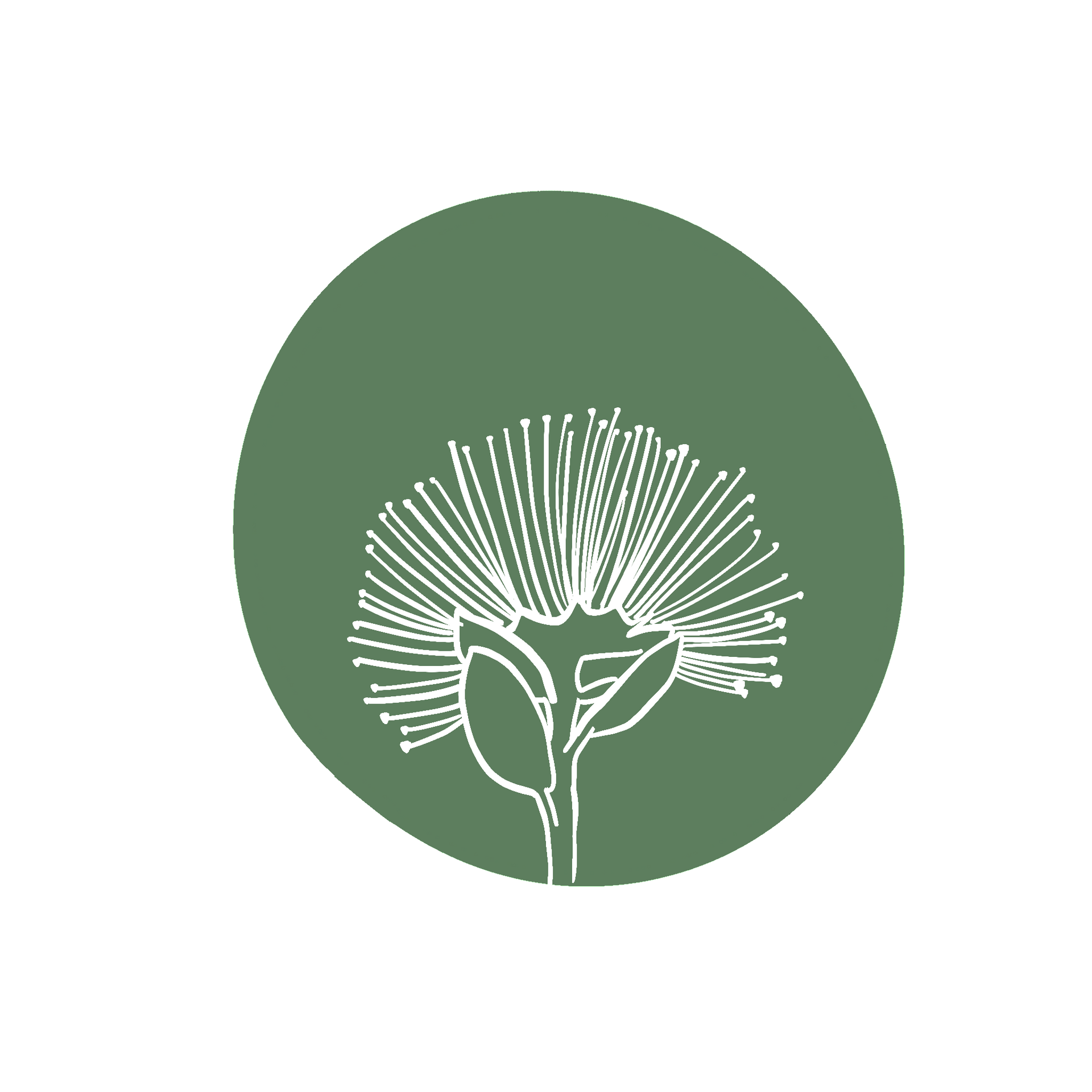
Pōhutukawa
Pōhutukawa, a native tree species of Aotearoa, hold spiritual significance for Māori.
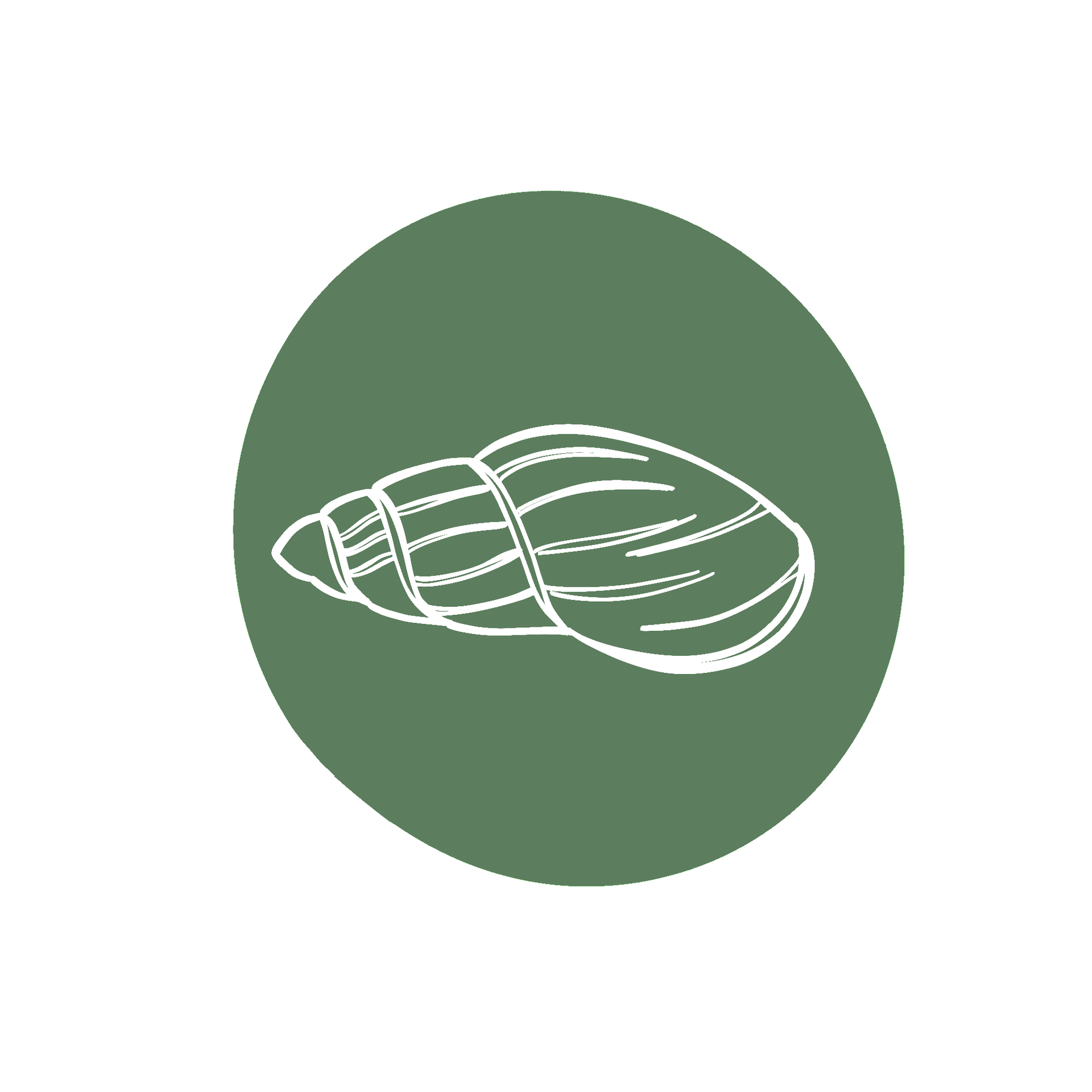
Pūpūharakeke
Wetland snails reflect the health of wetland ecosystems, which are crucial to Māori environmental knowledge and practices.

Tohorā
Tohorā (whales) are seen as spiritual guardians. They represent kaitiakitanga (guardianship) and feature prominently in Māori pūrākau (narratives) and whakapapa (genealogy).

Tuatara
Tuatara, a reptile unique to Aotearoa, are a living connection to ancient times and feature in Māori kōrero tuku iho (ancestral stories) as kaitiaki for knowledge and longevity.
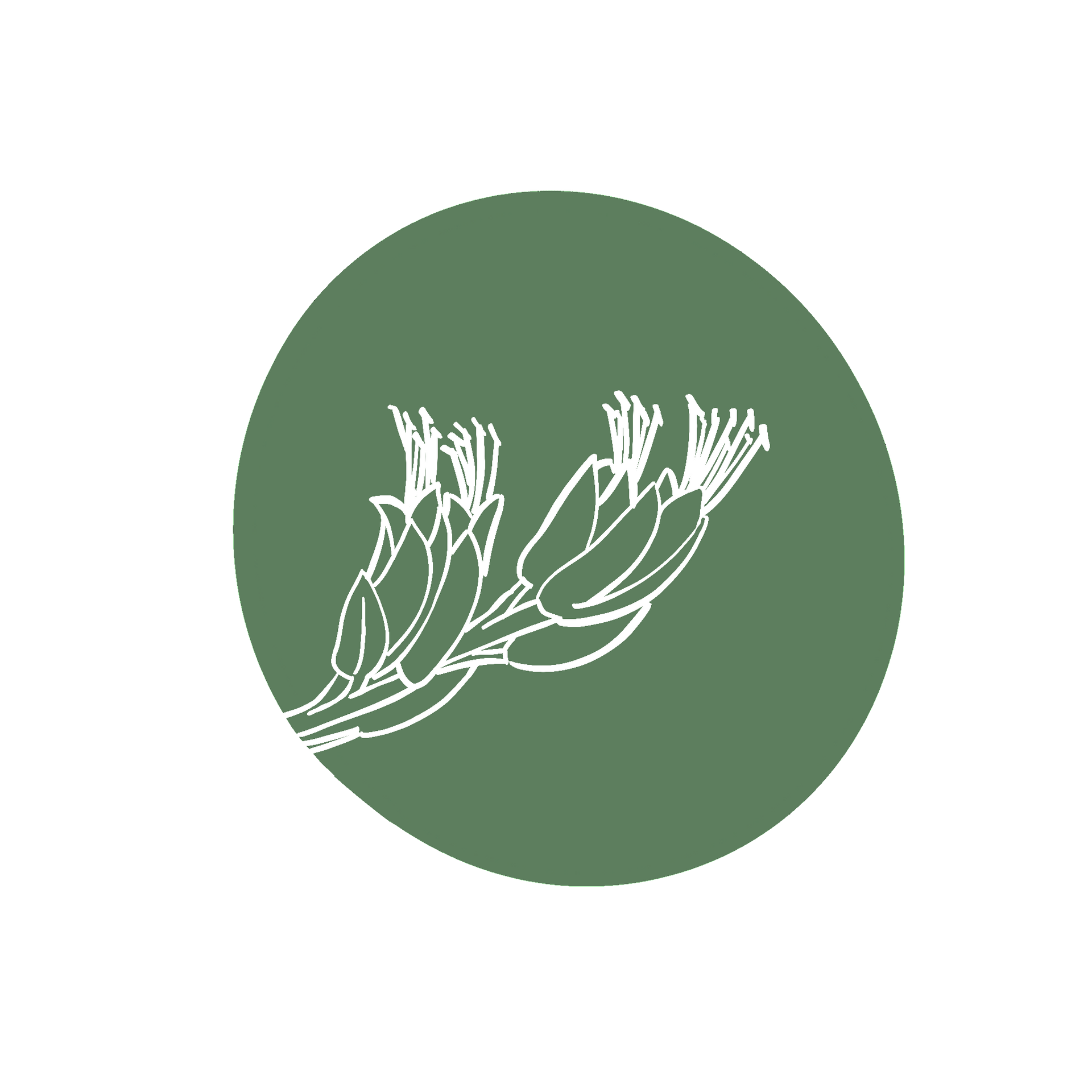
Harakeke
Harakeke (flax) is used for many traditional Māori resources, from weaving mats, baskets, and clothing. It symbolises whānau (family), with its layers representing generations of protection and support.

Kererū / Kūkūpa
The wood pigeon regenerates native forests by dispersing seeds of large native trees. In Māori traditions, the kererū is a delicacy reserved for special occasions and a symbol of abundance.
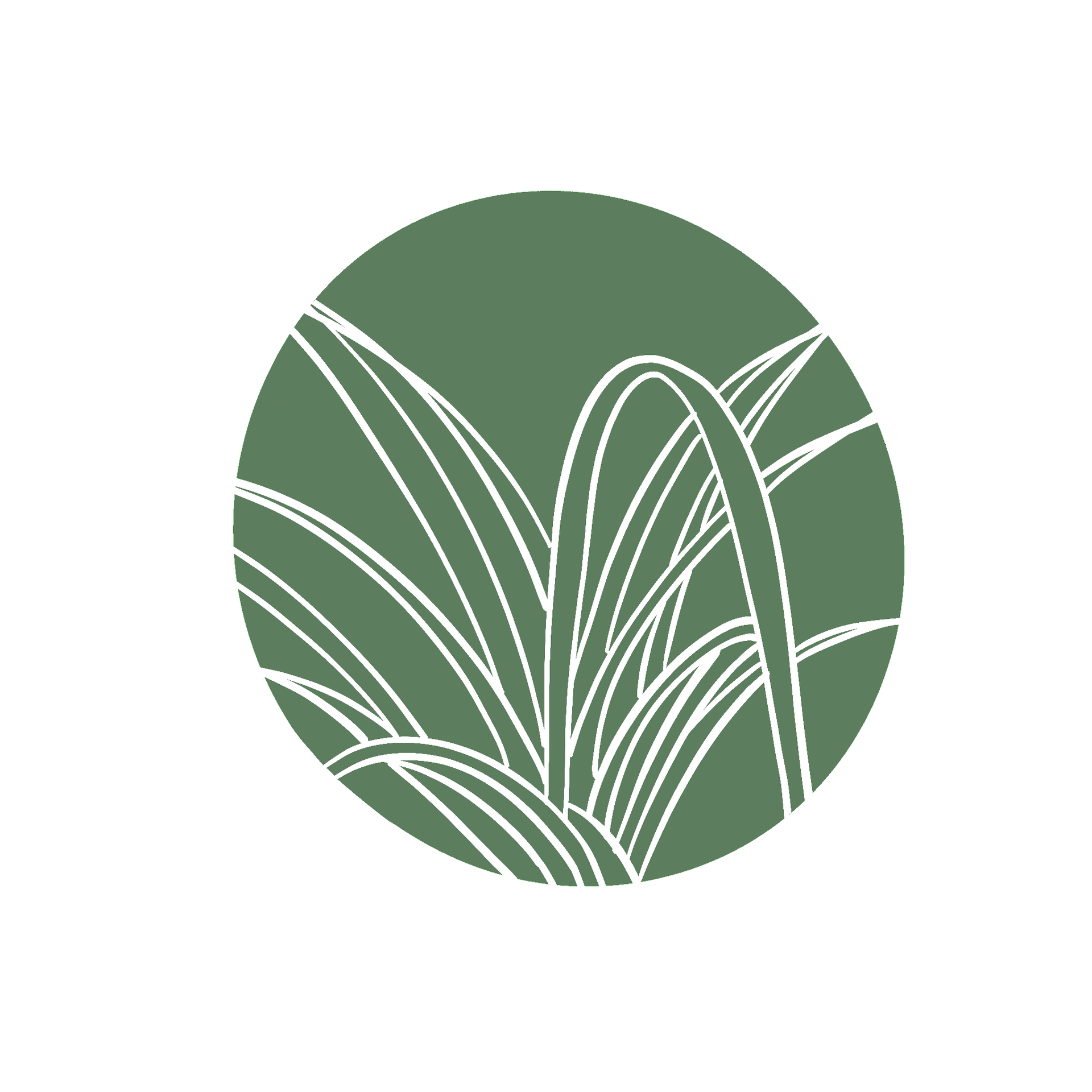
Kiekie
Kiekie, a native climbing plant, is valued in mahi raranga (weaving) for making kete (baskets) and whāriki (mats).
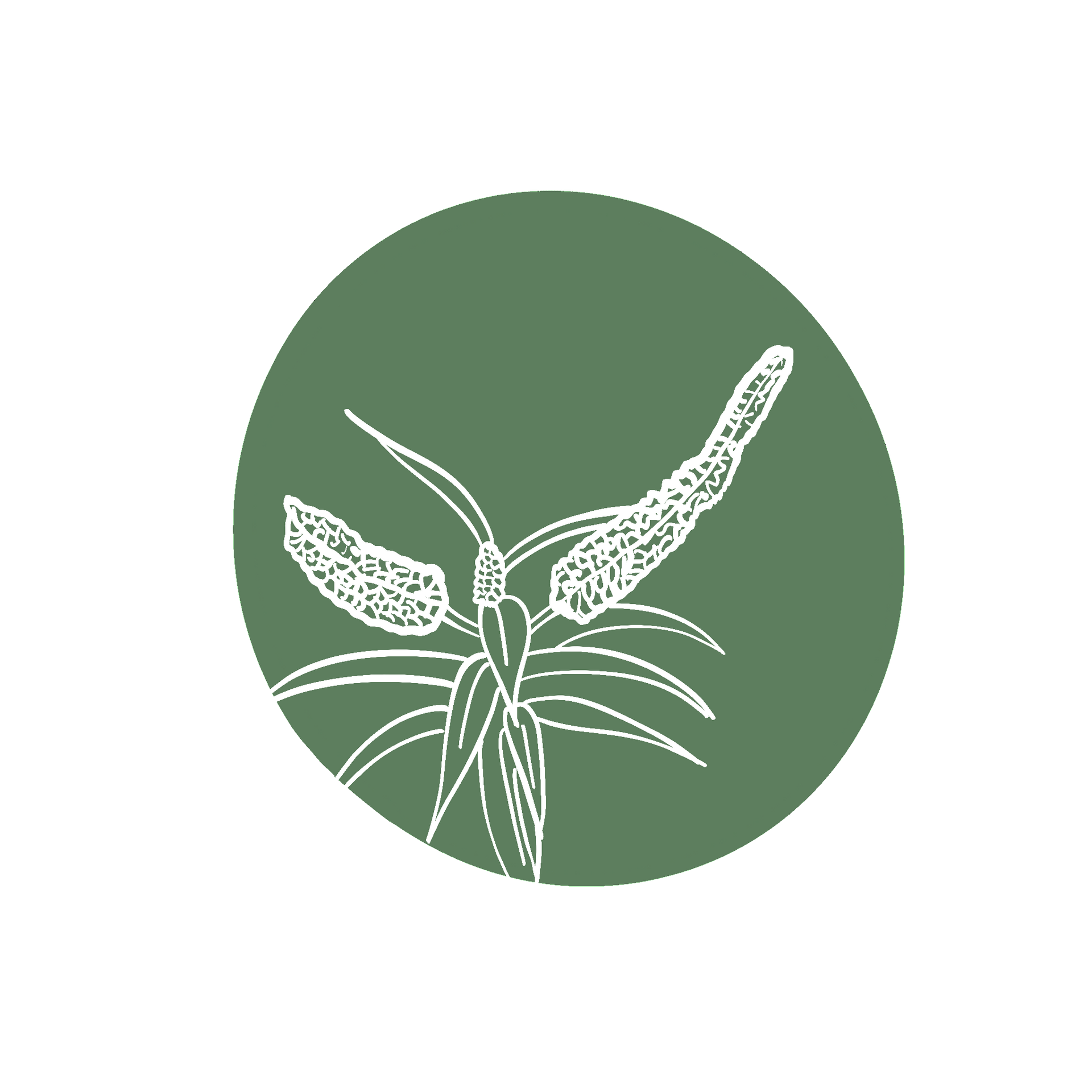
Koromiko
Koromiko (a native shrub) is valued for its rongoā (medicinal) properties, particularly in treating digestive issues and healing wounds.

Kūmara
Kūmara (sweet potato) was brought to Aotearoa by Māori during their voyage across the Pacific. It represents the ingenuity of Māori horticulture and is central to traditions of sustenance, trade, and spiritual offerings.

Marae
Marae (traditional meeting grounds) are central to Māori communities, where tikanga (customs) and whakapapa (genealogy) are upheld and nurtured.
